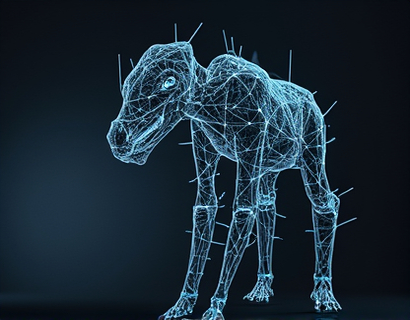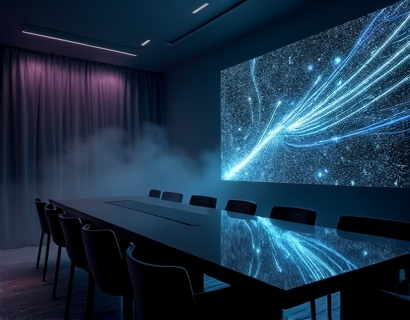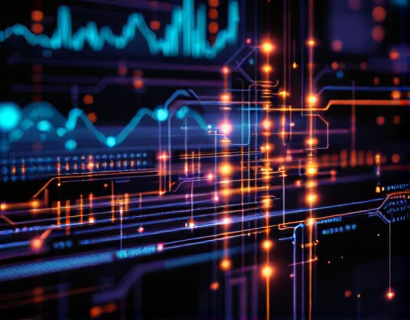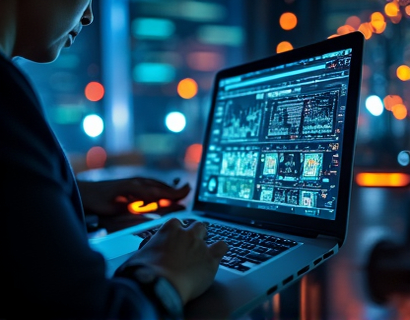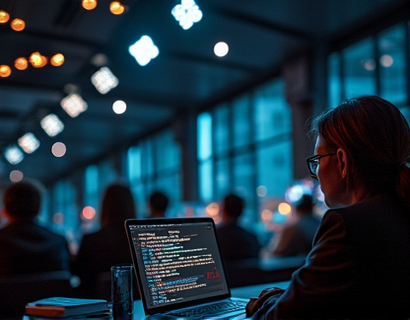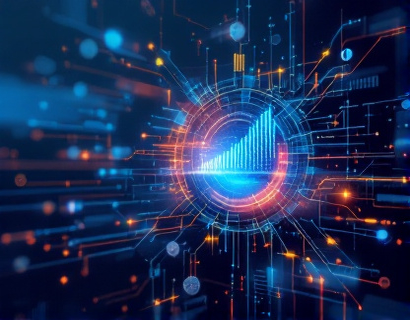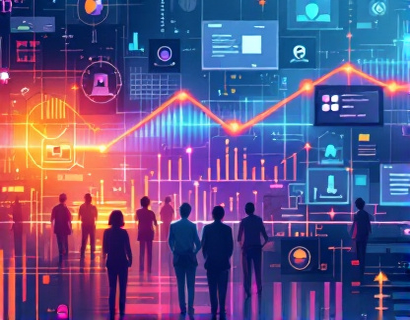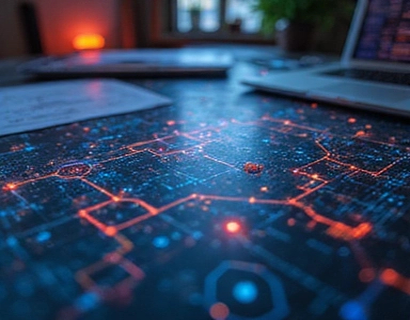Advanced AI Image Authentication: Ensuring Digital Content Integrity with Cutting-Edge Verification Technology
In an era where digital content is ubiquitous and easily manipulable, the need for robust image authentication has never been more critical. The rise of artificial intelligence (AI) has introduced sophisticated tools for creating and altering images, posing significant challenges to professionals across various fields. This article delves into the advanced technologies and methodologies employed in AI image authentication, designed to ensure the authenticity and integrity of digital media. These cutting-edge solutions are essential for maintaining trust and credibility in an environment where visual content can be manipulated with unprecedented ease.
The Importance of Image Authentication
The ability to verify the authenticity of images is paramount in today's digital landscape. Image manipulation, whether intentional or accidental, can lead to misinformation, brand damage, and legal issues. For digital media professionals, content creators, brand managers, security analysts, legal and compliance teams, journalists, and educators, ensuring the integrity of visual content is crucial. Advanced AI image authentication tools provide a reliable means to detect altered or AI-generated images, thereby safeguarding reputations and enhancing informed decision-making.
Understanding AI-Generated and Altered Images
AI-generated images, also known as deepfakes or synthetic media, are created using machine learning algorithms that can produce highly realistic images or videos. These images can be used for various purposes, from entertainment to malicious activities such as identity theft and disinformation campaigns. Similarly, traditional image alteration techniques, enhanced by AI, can subtly change visual content in ways that are difficult to detect. These manipulations can range from minor adjustments to complete fabrications, making it essential to have sophisticated verification tools at hand.
Technological Foundations of Image Authentication
The foundation of advanced image authentication lies in a combination of computer vision, machine learning, and cryptographic techniques. Computer vision algorithms analyze the pixel-level details of an image to identify inconsistencies that may indicate manipulation. Machine learning models, trained on vast datasets of authentic and altered images, can detect patterns and anomalies that human eyes might miss. Cryptographic methods, such as digital watermarking and blockchain, add an extra layer of security by providing tamper-evident properties to digital content.
Computer Vision Techniques
Computer vision plays a crucial role in image authentication by examining the structural and textual features of images. Techniques such as edge detection, texture analysis, and feature extraction help identify irregularities that may suggest manipulation. For instance, AI-generated images often lack the natural variability found in human-generated content, such as subtle variations in lighting, shadows, and reflections. By analyzing these features, computer vision algorithms can flag images that deviate from expected norms.
Machine Learning Models
Machine learning models, particularly deep learning architectures like Convolutional Neural Networks (CNNs), are trained to recognize the differences between authentic and manipulated images. These models are fed large datasets containing both genuine and altered images, allowing them to learn the characteristics that distinguish them. During the authentication process, the model processes the input image and outputs a probability score indicating the likelihood of the image being authentic. High scores suggest authenticity, while low scores indicate potential manipulation.
Cryptographic Methods
Cryptographic techniques enhance the security and integrity of digital content by providing mechanisms to detect and prevent tampering. Digital watermarking embeds invisible markers into images that can be used to verify ownership and authenticity. These watermarks are resilient to common image processing operations, making them effective for long-term content verification. Blockchain technology, on the other hand, creates an immutable record of image metadata, ensuring that any alteration is detectable and traceable.
Applications Across Industries
The applications of advanced AI image authentication extend across various industries, each with its unique challenges and requirements.
Digital Media and Content Creation
In the digital media and content creation sectors, ensuring the authenticity of visual content is vital for maintaining audience trust. Content creators can use image authentication tools to verify the originality of their work and protect against unauthorized alterations. This is particularly important in industries where visual content is a key component, such as advertising, film, and photography. By using these tools, creators can ensure that their content remains unaltered and credible.
Brand Management
Brand managers face the constant threat of image manipulation that can damage their reputation. Advanced image authentication tools help brands monitor and verify the integrity of visual content used in marketing materials, social media, and other platforms. By detecting and addressing manipulated images promptly, brands can maintain their integrity and avoid potential legal issues.
Security Analysis
Security analysts rely on image authentication to identify and mitigate threats related to visual misinformation. In the realm of cybersecurity, authenticating images is crucial for detecting phishing attempts, fake evidence, and other malicious activities. Advanced tools can help security professionals verify the source and integrity of visual evidence, enhancing their ability to respond to security incidents effectively.
Legal Compliance and Journalism
For legal professionals and journalists, the authenticity of visual evidence is paramount. Image authentication tools provide a reliable means to verify the integrity of photos and videos used in legal cases, news reports, and investigative journalism. By ensuring that visual evidence has not been tampered with, these tools support the pursuit of truth and justice, while also protecting against defamation and misinformation.
Education
In the educational sector, image authentication is essential for teaching critical thinking and media literacy. Educators can use these tools to demonstrate the importance of verifying visual content and to help students develop skills in identifying manipulated images. This not only enhances their digital literacy but also prepares them to navigate the complexities of the digital world responsibly.
Challenges and Limitations
Despite the advancements in AI image authentication, several challenges and limitations persist. One major challenge is the evolving nature of image manipulation techniques. As AI-generated images become more sophisticated, authentication tools must continually adapt and improve to stay effective. Additionally, the computational resources required for advanced image analysis can be significant, potentially limiting the scalability of these solutions.
Another limitation is the potential for false positives and negatives. While machine learning models are highly accurate, they are not infallible. Factors such as image quality, lighting conditions, and the presence of similar images in the training dataset can affect the accuracy of authentication results. Continuous refinement and updating of these models are necessary to minimize errors and enhance reliability.
Future Trends and Innovations
The field of AI image authentication is rapidly evolving, with ongoing research and development aimed at addressing current limitations and exploring new possibilities. One promising area is the integration of multi-modal authentication, which combines visual analysis with other data types such as metadata, provenance, and context. This holistic approach can significantly improve the accuracy and robustness of image verification.
Another trend is the development of user-friendly, accessible tools that can be used by non-experts. As the technology becomes more advanced, there is a growing need for solutions that are easy to implement and interpret, enabling a broader range of users to benefit from image authentication.
Conclusion
Advanced AI image authentication represents a significant leap forward in ensuring the integrity of digital content. By leveraging cutting-edge technologies in computer vision, machine learning, and cryptography, these tools provide reliable means to detect and prevent image manipulation. For professionals across various industries, adopting these solutions is essential for maintaining trust, protecting reputations, and making informed decisions in an era of sophisticated visual content manipulation. As the technology continues to evolve, the future of digital content verification looks increasingly promising.






